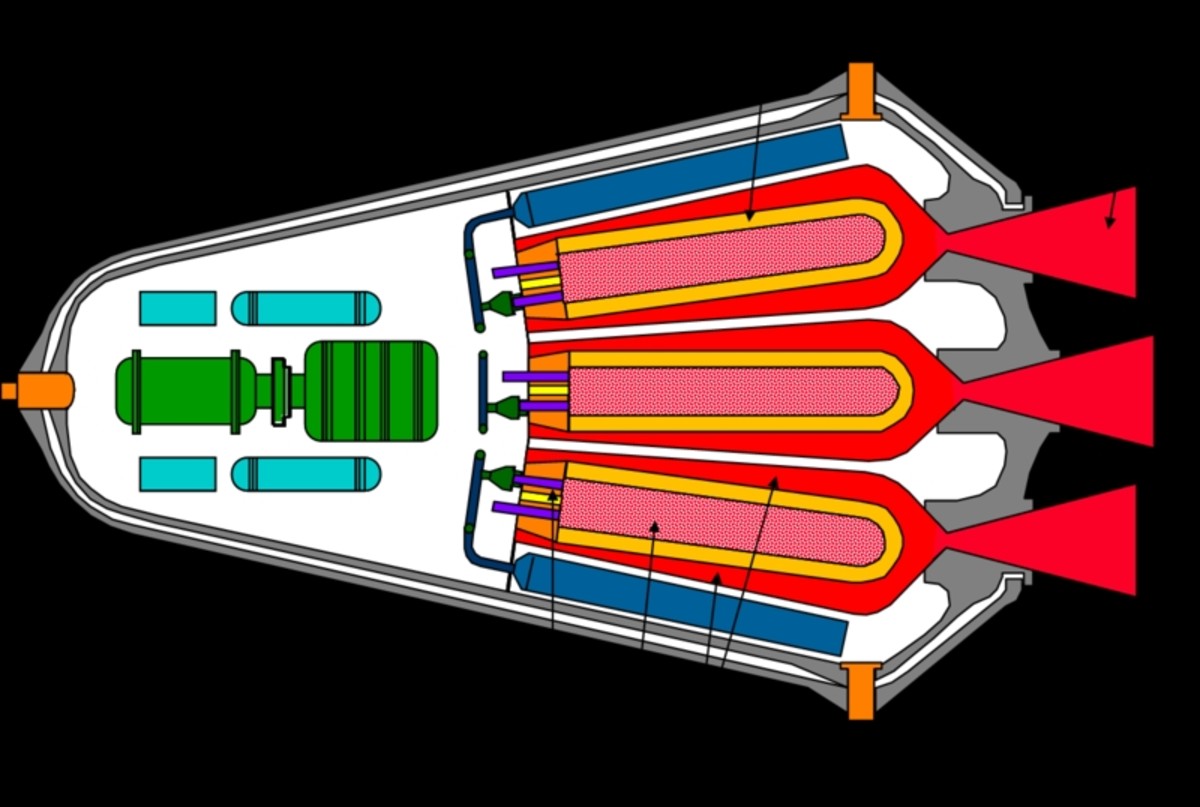- HubPages»
- Education and Science»
- History & Archaeology»
- Major Inventions & Discoveries
A basic History of the Internet and its development


A basic History of the Internet
The internet can be considered the central nervous system of today’s developed society. People depend on it for a variety of reasons; and it is difficult today to imagine a world without everything you could ever want on your fingertips. The internet has not only bought the world that much closer together, but increased reaction times to daily business, social and financial activities.
A lot of youngsters still believe it has been around forever but in reality fifteen years ago a lot of people still hadn’t experienced or even heard about the internet. In this article I hope to enlighten you a little into how the internet came about and how it has changed the course of history.
Early days
In the 19th century the telegraph system was one of the first forms of data transmission over vast distances. Before the invention of the internet people were still communicating through the way of the telephone, the television, the fax machine and so on. The invention of the computer and digital visual data was a very important milestone before the creation of the internet. The computer is the primary and the initial facia of the internet even though today it is available through mobile phones, games consoles, televisions and other portable media devices.
In the early 1960’s there were some very intelligent forward thinking men who realised how important a centralised data source would be to future of a country. They foresaw military purposes, scientific research purposes and even government purposes. In 1962 it was J.C.R. Licklider, who at the time was affiliated with MIT who proposed the concept to his peers and was initially laughed at.
The same year he started to develop his dream, and in 1965 he attempted something very special and important. He attempted to connect a computer in Massachusetts with another computer in California through a dial up telephone line. This outlined some early problems with the internet; mainly the inadequacy of modern telephone line’s ability to circuit switch fast enough.
Through further development, and further trials and errors the concept was redefined and new things were tried and failed until the success of ARPANET in 1969. A network under the direction of Bob Kahn was created that connected four universities in the southwest of the United States. The universities of UCLA, Stanford, UCSB and Utah were connected successfully and from there the network only grew. In months to follow more universities joined the “network” and eventually NASA, RAND and other major research and scientific organisations also joined.
The first message that was supposed to be transmitted when the initial system went live was the word “LOGIN” but the system crashed while transferring the third letter.
This early form of the internet was not user friendly. It was not pretty and easy to navigate. It was used by experts who had great knowledge of computers, engineers, librarians and many scientists.
Development days
The Concept of email came around three years after the creation of the “network” and FTP followed a year later. More and more features slowly evolved into a precursor of what we see today. Ethernet, a local network also evolved in the months that followed based on the success of the Internet. In the early 80’s the defence department rejected the old NCP (Network Control Protocols) and took on the new TCP/IP architecture which attracted others to do so.
Around the same time UNIX developed their protocols, and Usenet started to appear. In 1981 IBM developed their BITNET (Because it’s time) network.
Over the years the GUI of the internet did not improve quickly, but by 1986 it was possible for a novice to understand how to do simple commands such as Email, FTP or send a telnet message. At this time the number or ‘sites’ on the internet were few, and none of the ‘sites’ had their own pages. It was more of a network for sharing data with your peers, as appose to a network for sharing data with the world.
In 1989 Tim Berners-Lee came up with a set of protocols that would become the protocols of the World Wide Web in the years to follow. The first truly user friendly version of the internet came about in 1991, and was developed by the University of Minnesota; but the first real “browser” appeared in 1993 with Marc Andreessen’s ‘Mosaic’.
Eventually Marc Andreessen moved over to Netscape and developed the most successful browser of the time.
Modern Day
Up till the early 90’s the internet was purely government controlled and used for research, education, scientific purposes and their own purposes. In 1992 Delphi became the first commercial company to offer internet access to its subscribers. Over the following years AOL, Prodigy, CompuServe and other early players were formed.
In 1998, Windows released their new operating system, Windows 98 which included the first Microsoft Browser. This was a great success and really opened the flood gates of the internet open, as everyone wanted to explore this new network.
At this time the internet was still only accessible through a tediously slow phone line and soon the creation of the 56K modem changed things. With a 56K modem you could download an mp3 song in thirty minutes if you were lucky. Over time this became more and more inadequate as the internet became more and more popular and the nature of the shared data became more and more memory heavy. Today a 10mb internet connection is considered fairly average; and this is almost two hundred times faster then what was considered average at the turn of the millennium.
Today things have gone further and the internet is no longer depended on a wired connection, but is all around us. Laptops, Smart phones and portable media devices can connect to the internet with just a press of a button.
Who knows what would happen tomorrow?








